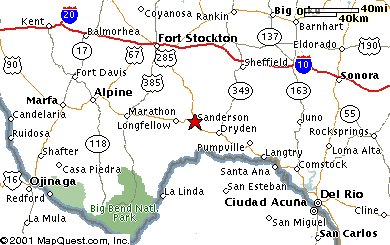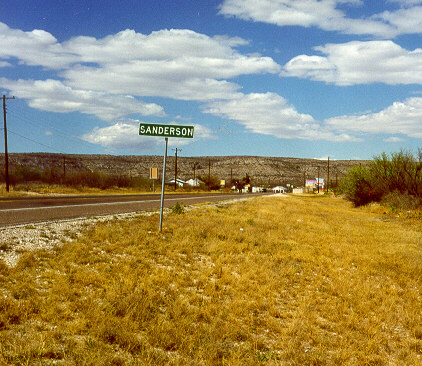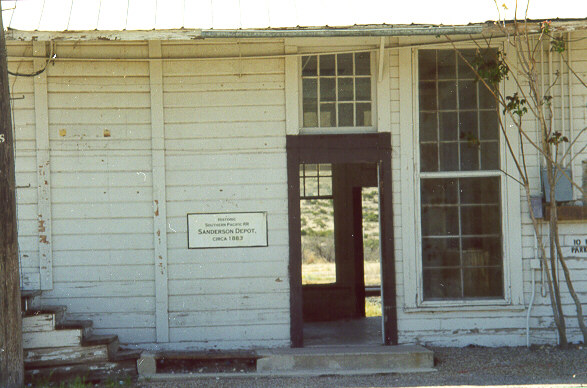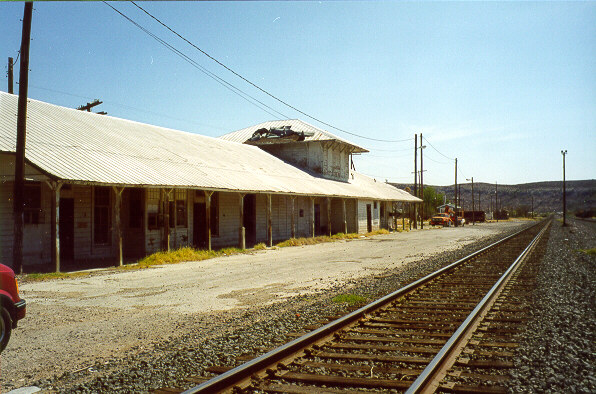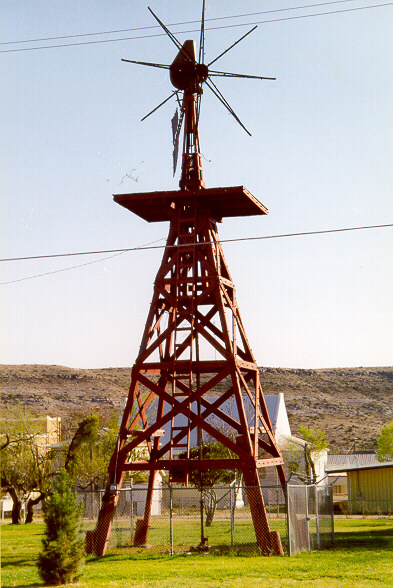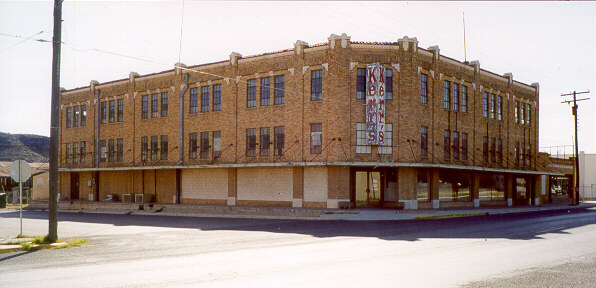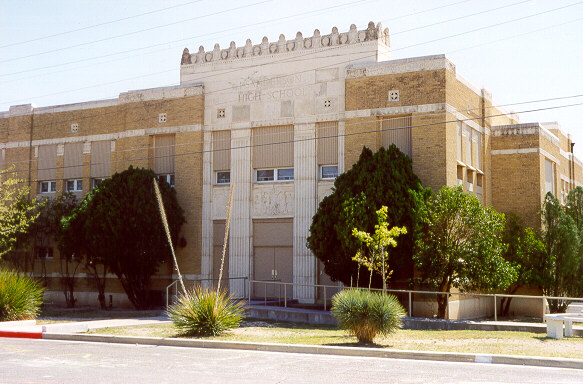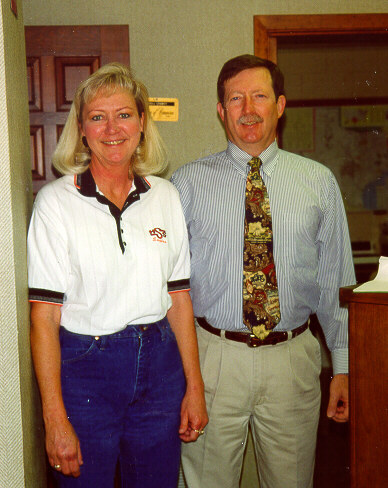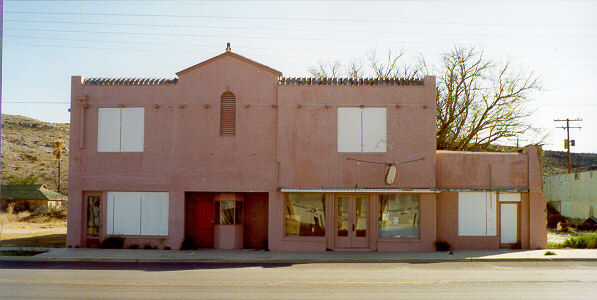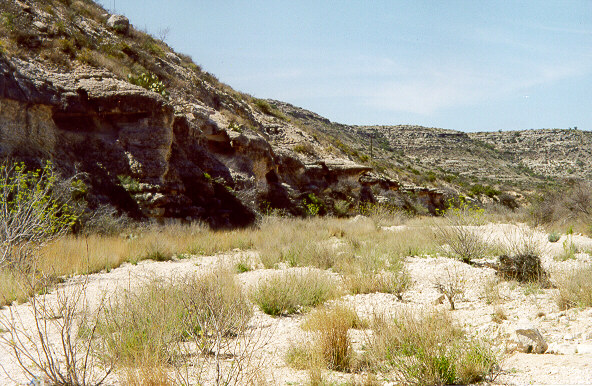There is so much history in the town of Sanderson; one could fill many pages of a book. Over the years the population has dwindled mainly due
to the loss of jobs in ranching and the closing of the train depot in 1994.
There are not luxuries of big cities like malls; but, Mrs. Mary Lou Robinson
stated, "Honey around here we
go shopping at the town dump. If it's rusted it's a treasure!"
There are things we will come visit again for, like wanting to explore
the caves where Indians once roamed, and going back to find more of our
heritage in the Wolff Family. This town would be a great retirement place.
For there is peace and quiet, and no locking of your doors when you leave
home. Also, once you are 65, you pay no taxes!
Sanderson, come
visit the best at the bottom of the bowl.
More Pictures
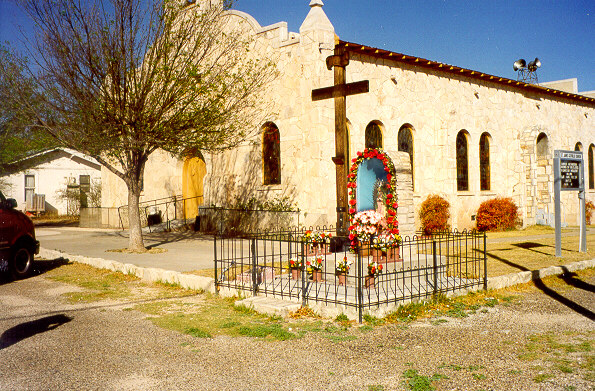
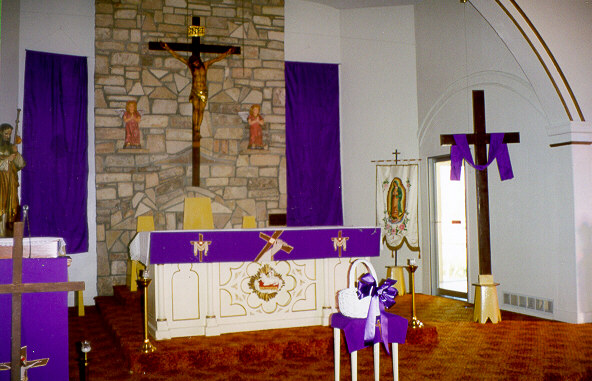
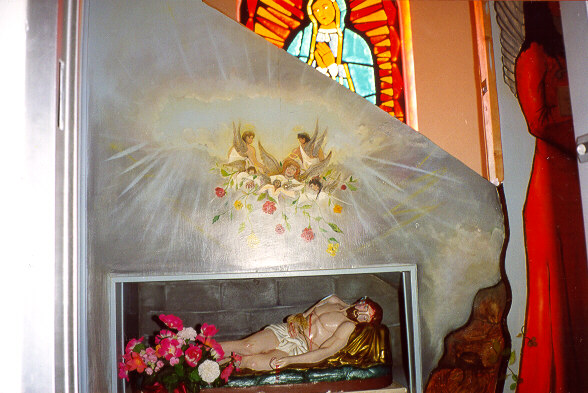

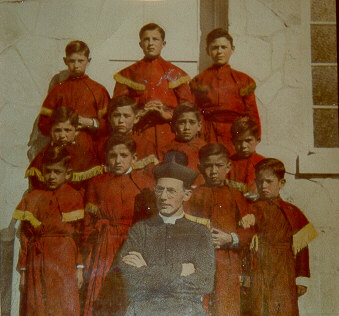
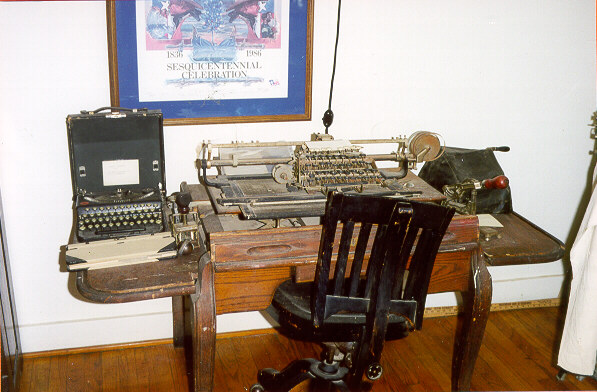
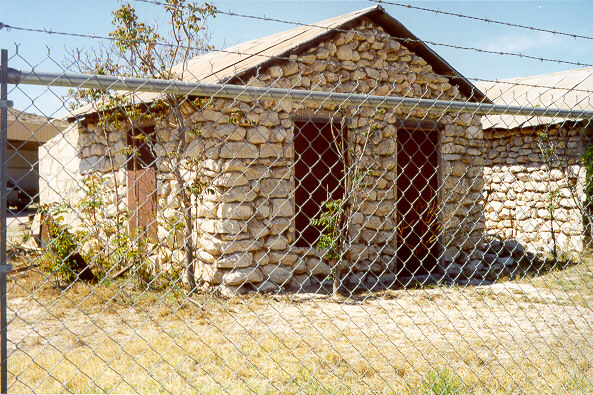
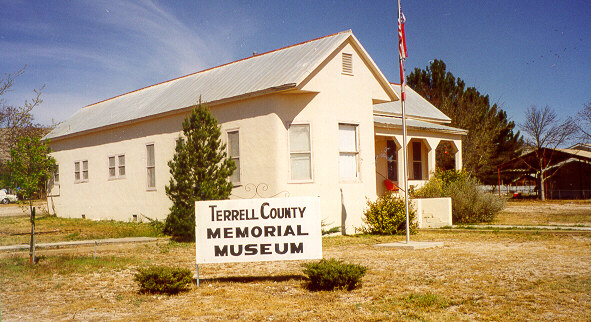
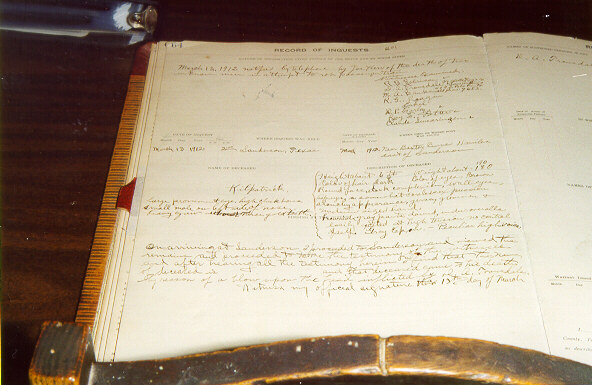
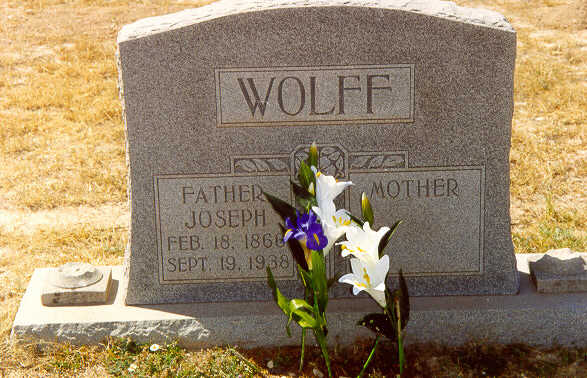
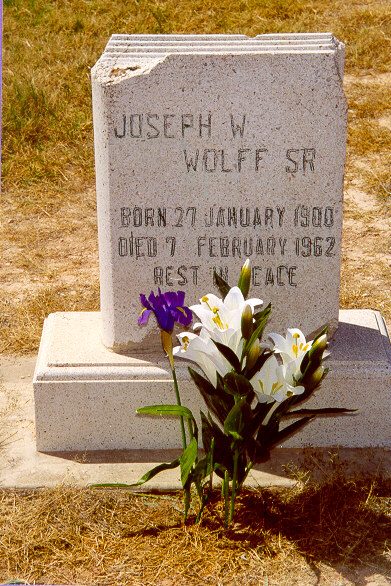
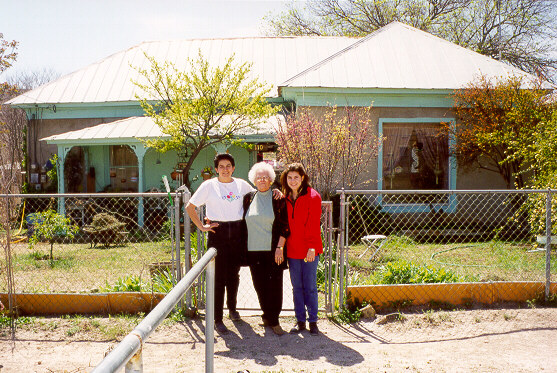

Bibliography
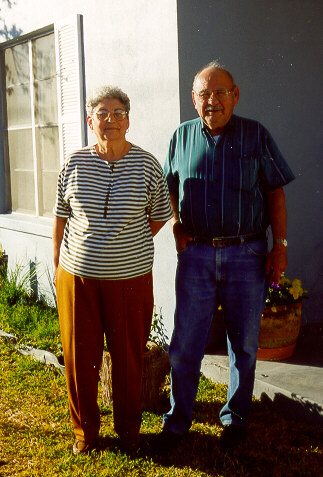 1. Downie, Alice Evans, Terrell County Texas It's
Past It's People. Library Congress
Copyright 1978.
1. Downie, Alice Evans, Terrell County Texas It's
Past It's People. Library Congress
Copyright 1978.
2. Scogin, Russell Ashton. The Sanderson Flood of 1965. Sul Ross State
University 1995.
Sources
3. Marquez, Gloria & Alejandro, 1999.
4. Robinson, Mary Lou, 1999.
5. Davis, Barbara, 1999.
6. Kennedy, Dave, 1999.
7. Wolff-Tiseth, Mary, 1999.
Return to Small Town Research Projects Index
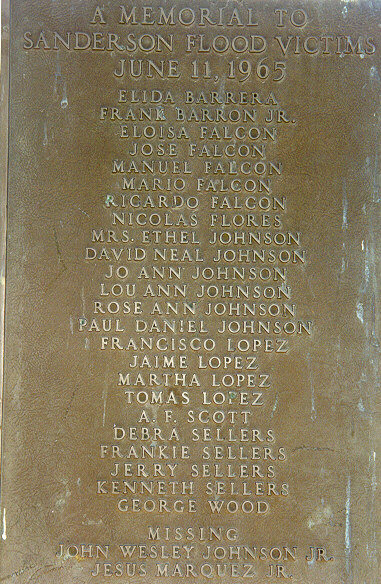
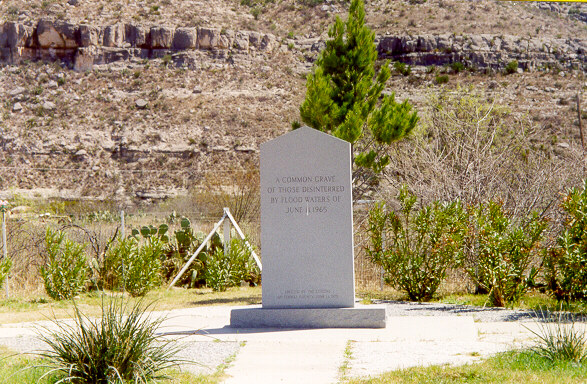
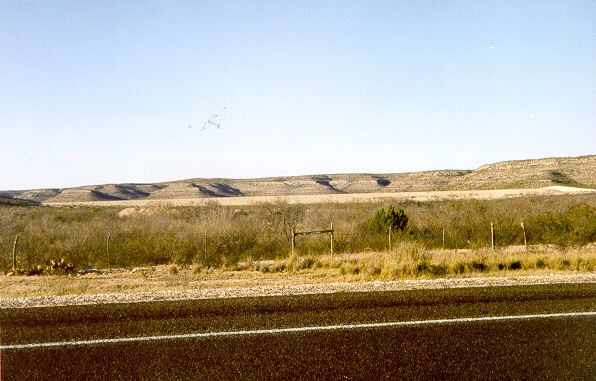













 1. Downie, Alice Evans, Terrell County Texas It's
Past It's People. Library Congress
Copyright 1978.
1. Downie, Alice Evans, Terrell County Texas It's
Past It's People. Library Congress
Copyright 1978.
